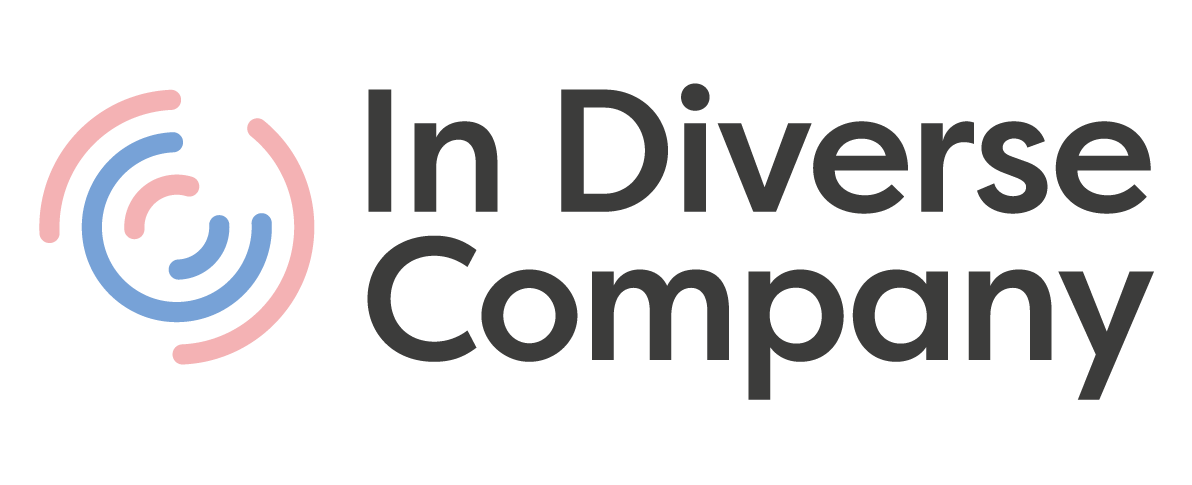By Dr. Will Nollett, Director of Data Science and Analytics
It’s easy to overlook the benefits of improved diversity and inclusion within a business. Many organisations sign up to D&I initiatives simply because they believe it is the right thing to do. Others see such initiatives as box-ticking exercises, without ever really considering the wide-reaching advantages the right approach can have. There is a genuine business case for D&I, which In Diverse Company’s D&I ROI tool addresses.
Rather than focusing solely on diversity statistics, we should look at the general wellbeing of employees within the organisation. Do they feel included in their workplace’s decision-making processes and daily activities? Is this the same for those from different backgrounds? Are they committed to their teams and engaged with the organisation?
Such questions are key to understanding the organisation in terms of its people. As the people at an organisation contribute significantly to its success, this level of understanding can even help explain aspects of business performance. Research shows that happier teams are more productive and that diverse and inclusive organisations perform better.
Once we understand an organisation in terms of its people, it becomes clearer where changes should be made and the impact these might have on the business overall. This is the fundamental concept behind the D&I ROI tool. By analysing people metrics, we can map D&I to business performance, identify the areas that can be improved, and predict changes that interventions will have.
Organisations will already be collecting most of the necessary data on their employees – for example, employee turnover rates, absenteeism, promotions, and demographic diversity. Some aspects of an organisation’s culture are more difficult to measure, such as inclusion, engagement, and socioeconomic diversity. In Diverse Company offers solutions to these[1].
Research tells us that diverse organisations perform better: they are more profitable[2], more innovative[3], and less likely to experience high employee turnover[4]. This improvement in performance isn’t because the organisations are diverse, but because the organisations have inclusive cultures. Providing employees with an inclusive working environment is what then drives both diversity and business performance together.
Therefore, we should analyse data on organisation’s people and identify where there are issues with inclusion. Do some areas of the business see higher levels of long-term leave and sickness? Do some departments experience problems with talent retention and employee turnover? If poor representation and diversity are an issue, what is the underlying cause? What’s happening during the recruitment or promotion process?
Once we identify the issues, we can decide on the best approaches to address them. This might involve education for senior leadership regarding inclusive behaviour or new policies and processes designed to improve employee wellbeing. In each case, we can link the approach directly with the impact on business performance.
Over time, we will see a more inclusive workplace, with happier employees, more productive teams, and a natural improvement in diversity. If individuals from different backgrounds are treated fairly and are given the same opportunities, diversity will naturally increase.
Improved diversity statistics should be a result of improved employee wellbeing, rather than the result of artificial quota-based strategies. By addressing employee wellbeing, we target the underlying cause behind poor diversity, which then goes on to affect team performance and therefore the performance of the business overall.
In my opinion, this is the only effective approach to improving diversity and inclusion in the workplace – Focus on the people at the organisation and how included they feel, rather than their demographics. Understand the connection between the working environment and the performance of the organisation.
This is also the foundation of In Diverse Company’s D&I ROI tool.
_
In Diverse Company offers the D&I ROI tool to help you take a date-driven apporach to understand your people and make appropriate changes to create a more successful organisation. To find out more, get in touch at info@indiversecompany.com.
[1] See our Cultural Inclusion Maturity Model, Employee Engagement Model, and Social Mobility Model.
[2] Delivering through diversity by Vivian Hunt, Lareina Yee, Sara Prince, and Sundiatu Dixon-Fyle (McKinsey, 2018)
[3] The Mix that Matters by Rocío Lorenzo, Nicole Voigt, Karin Schetelig, Annika Zawadzki, Isabelle Welpe and Prisca Brosi (Boston Consulting Group, 2017)
[4] The Effect of Diversity on Turnover: A Large Case Study by Jonathan Leonard and David Levine (2006)
Photo by Canva
Liked this article? Share it with your network:
Once we understand an organisation in terms of its people, it becomes clearer where changes should be made and the impact these might have on the business overall.






